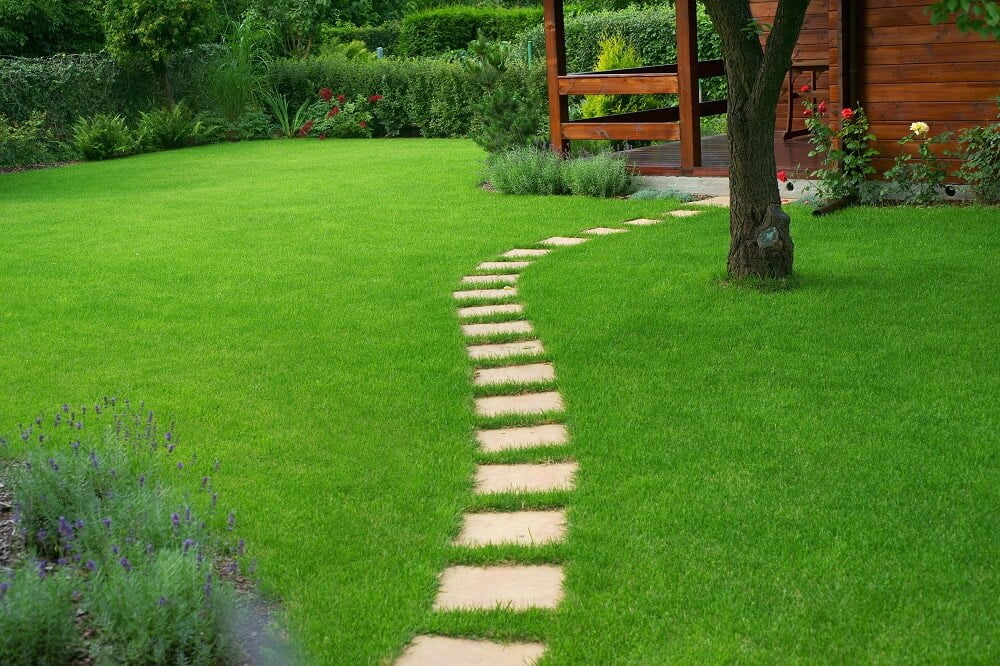
How to prepare your lawn for spring? Are you wondering the same thing? The question arises in the minds of many gardeners with the first rays of spring sunshine. Spring is a crucial time for our lawns. After a winter when the grass was in a deep state of dormancy, it needs special care to regain its former shine and health. Spring gardening provides the foundation for a beautiful and healthy lawn throughout the coming season. Proper care during this period will allow you to enjoy a thick and luscious green carpet throughout the warm months. In this article, we will try to introduce you to the key steps and tips to effectively prepare your lawn for the coming spring. Refresh your green oasis!
Appropriate preparing the lawn for spring requires a well-considered strategy in which you take into account both aesthetic and plant health aspects. The first step is to assess the condition of your lawn after winter. How to prepare your lawn after winter? This is the question many gardeners ask themselves as the first rays of spring sunshine begin to appear on the horizon. Winter weather conditions such as frost, snow or rain can leave a lawn in a weakened state. It is therefore the task of every gardener to restore its splendour and vigour.
First and foremost, it is advisable to thoroughly clean the lawn of lingering leaves, branches and other plant debris. Winter debris can inhibit grass growth and promote the development of diseases and pests. Next, it is worth scarifying, i.e. aerating the soil. This process involves pricking the soil at regular intervals, allowing air to reach the grass roots. This allows the roots to receive more oxygen, which speeds up their growth.
Every lawn needs the right nutrient support to stay healthy and juicy. Thanks to crop support measures The lawn not only gains in health, but also in vitality and density. The key to success is the correct application of fertilisers in spring. It is particularly important to provide the lawn with the right ingredients, such as nitrogen, which stimulates growth and gives the grass an intense green colour; phosphorus, which promotes root development; and potassium, which strengthens the grass and makes it more resistant to drought or disease.
Although the lawn is designed to be the focal point of any garden, its outskirts. Lawn edges play not only an aesthetic role, but also a practical one. Clear and well-maintained garden edging accentuates the shape and design of the garden. In addition, they provide a protective barrier against unwanted weeds or pests such as ants and beetles. Therefore, take the time in spring to check the condition of your edging and, if it is damaged or missing, proceed immediately to replace or repair it.
Grass, like many plants, needs to be refreshed and prepared for the new growing season after winter. Early spring is the ideal time to gently cut the grass to encourage growth and increase density. However, it is important not to cut the grass too low and consequently expose it to drying out or disease. Regular mowing, carried out at the right height, is not only a question of aesthetics, but above all of the health of the grass. Keeping your lawn in the right condition throughout spring will keep it looking beautiful and healthy all season long.
Preparing your lawn for spring is not only a necessity, but also an art whose mastery brings horticultural satisfaction. Every bit of greenery in your garden resembles a painter’s canvas — if you care for it correctly, you will create a work of art. This process requires not only attention, but also patience and care. After winter, the lawn is weakened and often has damage or cavities. However, proper care allows it to recover quickly, becoming lush and healthy.